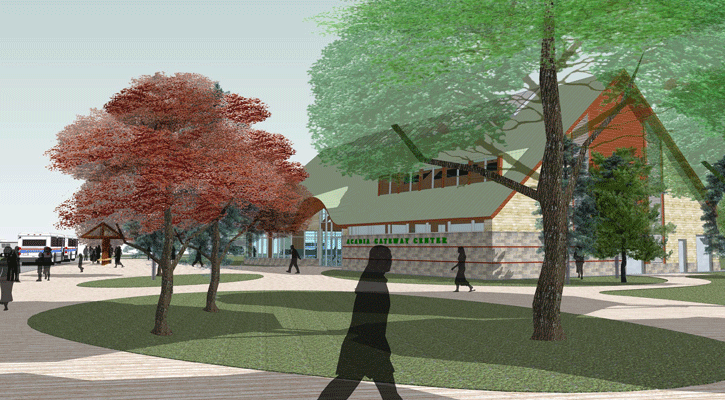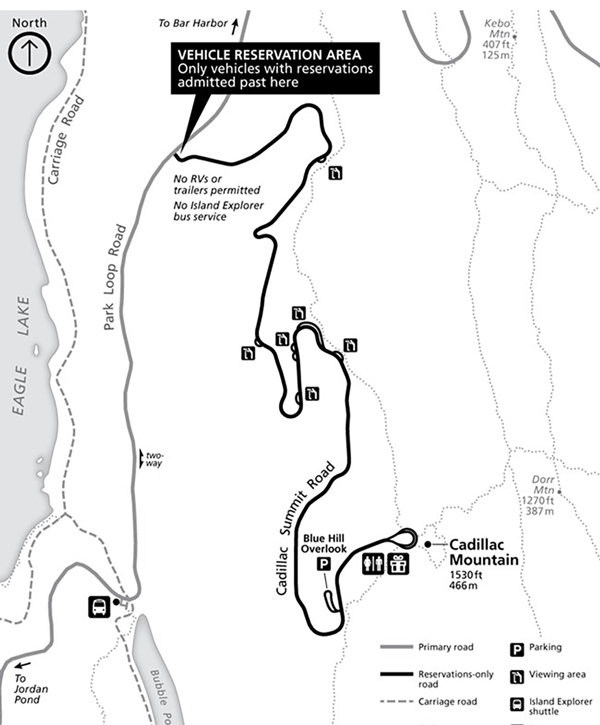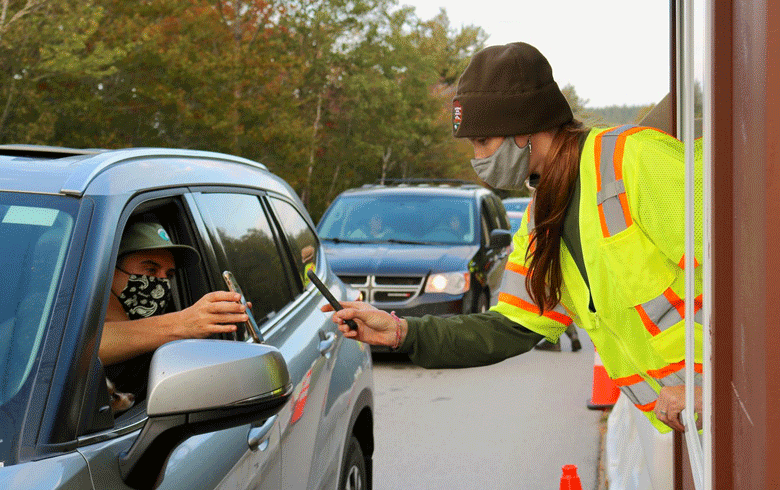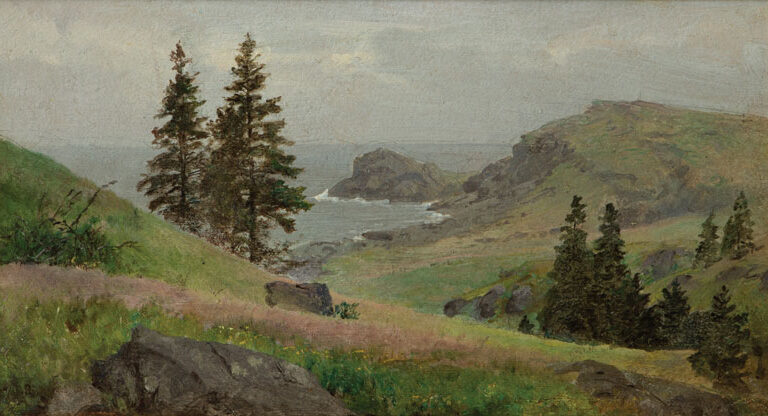
Acadia National Park Superintendent Kevin Schneider is optimistic that visitation this year could be at or near normal levels, as the vaccination rollout boosts traveler confidence.
Schneider spoke to the Acadia National Park Advisory Commission during its quarterly meeting, held virtually in February.
Although visitor numbers dropped during the first half of 2020 due to the pandemic, enthusiasm for the park reasserted itself through the rest of the year, he said.
Acadia visitation declined 22 percent, from 3.4 million in 2019 to 2.6 million in 2020.
“And we continue to see the park quite busy through the rest of the off-season,” he said.
Once Acadia opened up mid-summer, after the state shutdown, traffic congestion at the park’s most popular spots paralleled visitation in previous years. The situation was exacerbated by the lack of the free shuttle service, the Island Explorer, which didn’t run in 2020 due to the pandemic. Commercial and concession buses also didn’t run.
According to preliminary figures from the National Park Service, Acadia visitation declined 22 percent, from 3.4 million in 2019 to 2.6 million in 2020. Most of the decline was from May through June.
That resulted in a $1.4 million loss of entrance fee revenue, in addition to loss of revenue from not operating the park’s campgrounds.
But there are several reasons for optimism, he said. In addition to vaccinations, anecdotal trends during the second half of 2020, around outdoor recreation areas in general, suggest people want to be outside.
“I think there’s strong demand,” he said.
That’s borne out by tourism survey data, which show that national parks are near the top of travelers’ list of destinations, he said. Acadia reflected that data: The month of December saw a steep increase of 65 percent, from 12,865 in 2019 to 21,260 in 2020.
THIS YEAR
Plans are still underway for 2021 operations, with some unknown factors to be worked out.
A “known” is that the Explorer will run, but at reduced capacity. The park would like to open its campgrounds this summer but is still sorting out how that might work. If Acadia can hire enough staff, it can operate the campgrounds at reduced capacity.
“The key is hiring, and the key to hiring is housing,” Schneider said.
Park housing was already inadequate before the pandemic, and more now due to physical distancing guidelines. Acadia is awaiting guidance from the National Park Service, he noted.
If Acadia can’t open its campgrounds, the surrounding area’s private campgrounds could be enough to absorb the market, as it did in 2020.

If there can be a silver lining to the pandemic, it’s the development of virtual educational programming, which reached almost 4,400 children from September through January and is worth continuing even when the pandemic is over, he said.
Aside from the existential logistics of operating in an uncertain year, Acadia has major projects that continue despite the pandemic.
“The big news last year, and continues to be, is the reservation system,” said Acadia’s management assistant, John Kelly.
Kelly was referring to a vehicle reservation system designed to alleviate congestion at Acadia hotspots. It rolled out as a two-week pilot program last October, at two popular spots—the entrance station to a stretch of road leading to Sand Beach and the Cadillac Mountain summit road.
The system worked well for Cadillac. Sell rates were high, especially for sunrise reservations, said Kelly.
It was a different story at Sand Beach. Spotty cellphone service made it difficult for visitors to pull up their reservations. Some didn’t know they needed reservations and were turned back on an ancillary road that goes through a residential neighborhood, creating congestion there. Others simply parked outside of the reservation zone—with hundreds of cars lining the road—and walked to Sand Beach.
The park will expand the program at Cadillac this year and save Sand Beach and other spots for the future, said Kelly.
Tangentially, the program highlighted the Explorer’s importance: Vehicle traffic at Sand Beach increased 20 percent without the Explorer in 2020.
Another major development is the imminent start of Phase 2 construction of the Acadia Gateway Center on Route 3 in Trenton, a location designed to intercept traffic traveling to Acadia.
Phase 1, completed in 2012, was a bus maintenance facility, park-and-ride lot, propane fueling station, access road, and administrative offices for Downeast Transportation, the nonprofit operator of the Explorer and countywide transit systems.
Phase 2’s $23 million construction, led by the Maine Department of Transportation, includes a visitor center, pedestrian plaza, bus berths and circulation areas for the Explorer and commercial tour buses, and Level 2 electric charging infrastructure for future charging stations. The tentative opening is 2024, said Kelly.





